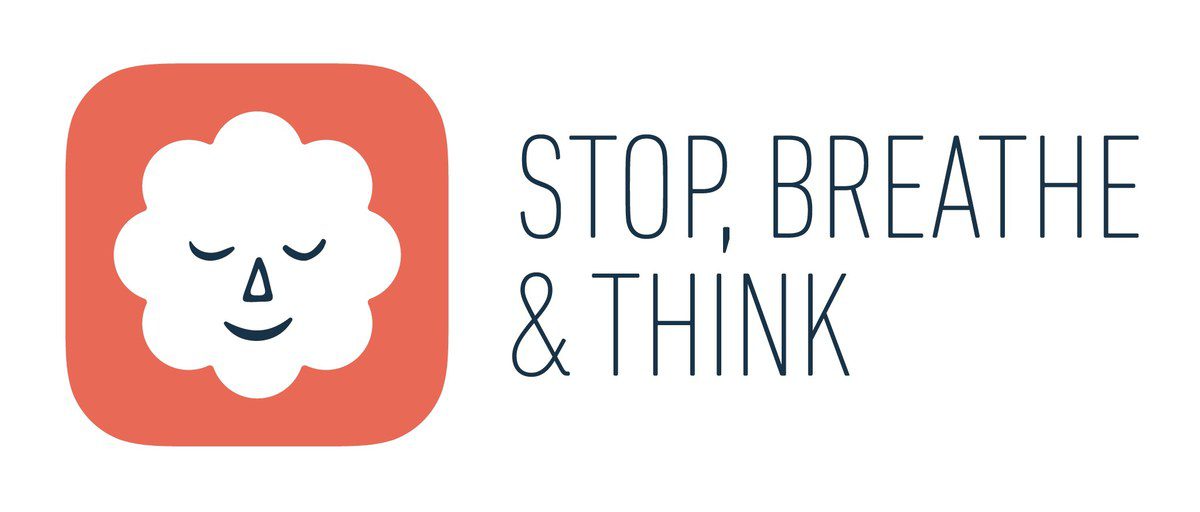Can Guided Meditation Change your Life?
As adults going through all kinds of stress, we’re told by experts and professionals that meditation could really help us lead a better life. But is guided meditation really worth it? Let’s dive a little deeper into this…
What is Meditation?
Meditation is a mindfulness practice in which a person uses a technique to achieve an emotionally calm state and a clear mind. In a more spiritual sense, meditation means transforming the mind and coming to peace with yourself, but most people see it as an “exercise” for your brain. Meditation certainly offers time for relaxation even when your life is hectic and stressful, and due to its benefits, meditation has become a very popular practice.
Techniques of Meditation
There are several ways to meditate, but the two most popular ones are focused attention and open monitoring meditation or mindfulness meditation. In focused-attention meditation, the practitioner focuses their attention on a single object, sensation, or even a mantra. For example, you can choose to focus on your breath, an external object, or a part of your body. There are virtually no limits to what you choose as your main point of focus and as the practitioner gets better at meditation, their ability to focus on their chosen object gets stronger and their attention span lasts longer.
In open monitoring meditation, (also known as mindfulness meditation) practitioner monitors all aspects of the experience instead of just focusing on one thing. Both internal (feelings, thoughts, memories, etc.) and external (smell, sound, feeling, etc.) perceptions are recognized and mentally accepted. This method of meditation teaches you non-reactive monitoring of experience and helps you understand and control your emotions better.

What is the Difference Between Meditation and Guided Meditation?
The difference between meditation and guided meditation is that one is done on your own, while the other involves an instructor who guides you through the whole process. In guided meditation, the instructor will first help you relax and get comfortable and then proceed to guide you through the process of deep meditation. Guided meditation is excellent for beginners because it is hard to know where to start or how to meditate if you have never done it before, but it is also great for experienced meditators who just prefer guidance.
In unguided meditation, you are free to choose your own focal point and see where your mind takes you. Nobody helps you visualize things which can be difficult at first, but once you become more comfortable with letting your mind wander, it’s a great way to learn more about yourself and your ability to grow.

What are the Health Benefits of Guided Meditation?
- It’s no secret that meditation benefits our mental, spiritual, and even physical well-being. Mentally and spiritually it has an effect on your overall cognitive abilities, helps you focus more, and increases your memory.
- Meditation also gives you an amazing experience through which you can declutter your thoughts and helps you think clearer, improves your visualization skills, and helps you relax on a very deep level.
- Physically it has a remarkable effect on your heart and overall body.
- Studies have shown that daily meditation can lower your heart rate, improve blood circulation, boost your immune system, and help maintain a healthy heart.
- The most well-documented benefit of meditation, however, is better-controlled stress and anxiety.
- When we are faced with a stressful situation our brain releases a chemical called cortisol as well as adrenaline. This is a perfectly normal process, but if it occurs very often and over the long term, the chemical combination can tear the body down and lead to serious conditions such as hypertension (high blood pressure), insomnia, migraines, and even anxiety and depression.
Thankfully, researchers have found a solution to our daily stress struggles! Even just 15 to 20 minutes of daily meditation has many powerful effects on our health and it’s no surprise why meditation is becoming such a widespread medical practice in psychology.
Guided Meditation Apps
Headspace (Android/iOS)
This app has by far become the most popular in the past year. You can download it for free to learn the basics of meditation or pay $7.99/month to get the entire Headspace experience which includes mindfulness exercises and super-short meditation sessions.
Calm (Android/iOS)
Calm is very similar to Headspace, but here upon signup, you receive a free seven-day course on guided meditation exercises. The monthly subscription costs $10 and includes more than a hundred guided meditations and new lessons every day.

Aura (Android/iOS)
Aura delivers new, personalized, three-minute guided meditation recording every day. Initially, the app will ask you about things like your age and stress levels, and then build on that information to provide you with the best-personalized recordings.
Stop, Breathe, and Think (Android/iOS)
Similar to Aura, this app asks you about your physical and mental state before choosing the perfect guided meditation recording for you, making it easy to jump right in without having to do any research. It comes with a free 30 sessions, but the premium subscription is $9.99.

If you’re looking to improve both your mental and physical well-being, take 5 to 10 minutes out of your day and try out a guided meditation. If you’re on the fence about spending money on something you’re not sure about you can also try out guided meditation on Youtube. With meditation gaining popularity in the last few years, there are plenty of resources for meditation, no matter if you’re a beginner, don’t have time, or are even skeptical. With so many proven health benefits you virtually have nothing to lose!
Mediation & Guided Meditation FAQs
What is the difference between a guided meditation and a silent meditation?
The main difference between guided meditation and silent meditation lies in the level of external guidance provided during the practice. In guided meditation, a narrator or a meditation teacher leads the session by providing instructions, prompts, or visualizations to help the practitioner focus and relax. On the other hand, silent meditation involves meditating in silence without any external guidance, allowing individuals to cultivate their own inner awareness and mindfulness.
What is the guided meditation called?
Are there different types of meditation?
Yes, there are various types of meditation. Meditation practices have been developed and evolved in different cultures and traditions over thousands of years, leading to the emergence of numerous approaches. Some common types of meditation include mindfulness meditation, loving-kindness meditation, transcendental meditation, Zen meditation, Vipassana meditation, and many others. Each type has its own unique techniques and focuses, catering to different goals and preferences.
Is guided meditation considered meditation?
Yes, guided meditation is considered a form of meditation. While traditional meditation often involves silent self-guided practice, guided meditation provides external support and direction through the guidance of a narrator or meditation teacher. It helps individuals enter a meditative state, cultivate mindfulness, and experience the benefits of meditation, even if they find it challenging to practice on their own.
What is the opposite of guided meditation?
The opposite of guided meditation can be considered silent meditation. In silent meditation, practitioners engage in the practice without any external guidance or instruction. Instead, they rely solely on their own internal awareness, focusing on their breath, bodily sensations, thoughts, or other anchors of meditation. Silent meditation allows individuals to explore and deepen their own inner experiences without the aid of a guided narrative.





